September 16th, 2011 –

The Grito de Dolores (“Cry of Dolores”) was the battle cry of the Mexican War of Independence, uttered on September 16, 1810 by Miguel Hidalgo y Costilla, a Roman Catholic priest from the small town of Dolores, near Guanajuato. In the early nineteenth century, Mexico, with a little influence from the US and France, began talking about a revolt against Spain. Father Hidalgo was a leader of one of these rallying groups. Hidalgo and his officers were planning a revolt for late fall of 1810. The Spanish found out about the revolt which led the Government to order the arrest of Hidalgo and his officers. When Hidalgo found out, he called a meeting at his church. He rang the church bell on the night of September 15, 1810 to call his congregation to mass. It was here Father Hidalgo rallied the people to fight. He gave the speech which is now known as ‘Grito de Delores’, saying “Viva Mexico” and “Viva la independencia!”
This event has since assumed an almost mythic status and the actual day of September 16th is similar to the 4th of July in the US. Since the late 19th century, Hidalgo y Costilla’s “cry of independence” has become emblematic of Mexican independence. Each year on the night of September 15th, the President of Mexico repeats a cry of patriotism based upon the “Grito de Dolores” from the balcony of the palace to the assembled crowd in the Plaza de la Constitución, or Zócalo, one of the largest public plazas in the world. When the clock strikes eleven o’clock the crowd gets silent. On the last strike of eleven the president of Mexico steps out on the palace balcony, and rings the historic liberty bell that Father Hidalgo rang to call the people. Then the president gives the Grito de Delores. He shouts “Viva Mexico” “Viva la independencia” and the crowd echoes back.
The huge square is decorated with flags, flowers and lights of red, white, and green. People sell confetti, whistles, horns, paper-machete helmets, and toys in the colors of red, white and green. This event draws up to half a million spectators. On the dawn of September 16th, or Independence Day, the national military parade then starts in the Zócalo, passes the Hidalgo Memorial and ends on the Paseo de la Reforma, Mexico City’s main boulevard.
A similar celebration occurs in cities and towns all over Mexico. The mayor (or governor, in the case of state capitals), rings a bell and gives the traditional words. In the 19th century, it became common practice for Mexican presidents in their final year in office to re-enact the Grito in Dolores Hidalgo, rather than in the National Palace. President Calderón personally officiated the Grito in Dolores Hidalgo as part of the bicentennial celebrations in 2010. Across Mexico Independence Day celebrations are much larger than Cinco de Mayo. There are rodeos, parades, bullfights, horseback rider performances and grand feasts. The statues in memory of Father Hidalgo are decorated with red, white, and green flowers. The Mexican Flag is made up of green, white, and red. The green is on the left side of the flag and symbolizes independence. White is the color in the middle of the flag and symbolizes religion. The red is on the right side of the flag and symbolizes union. These colors are used often in decorating for the Mexican Independence Day fiesta.
Hidalgo is still revered as the father of Mexican Independence Miguel Hidalgo y Costilla – May 8, 1753 – July 30,1811


